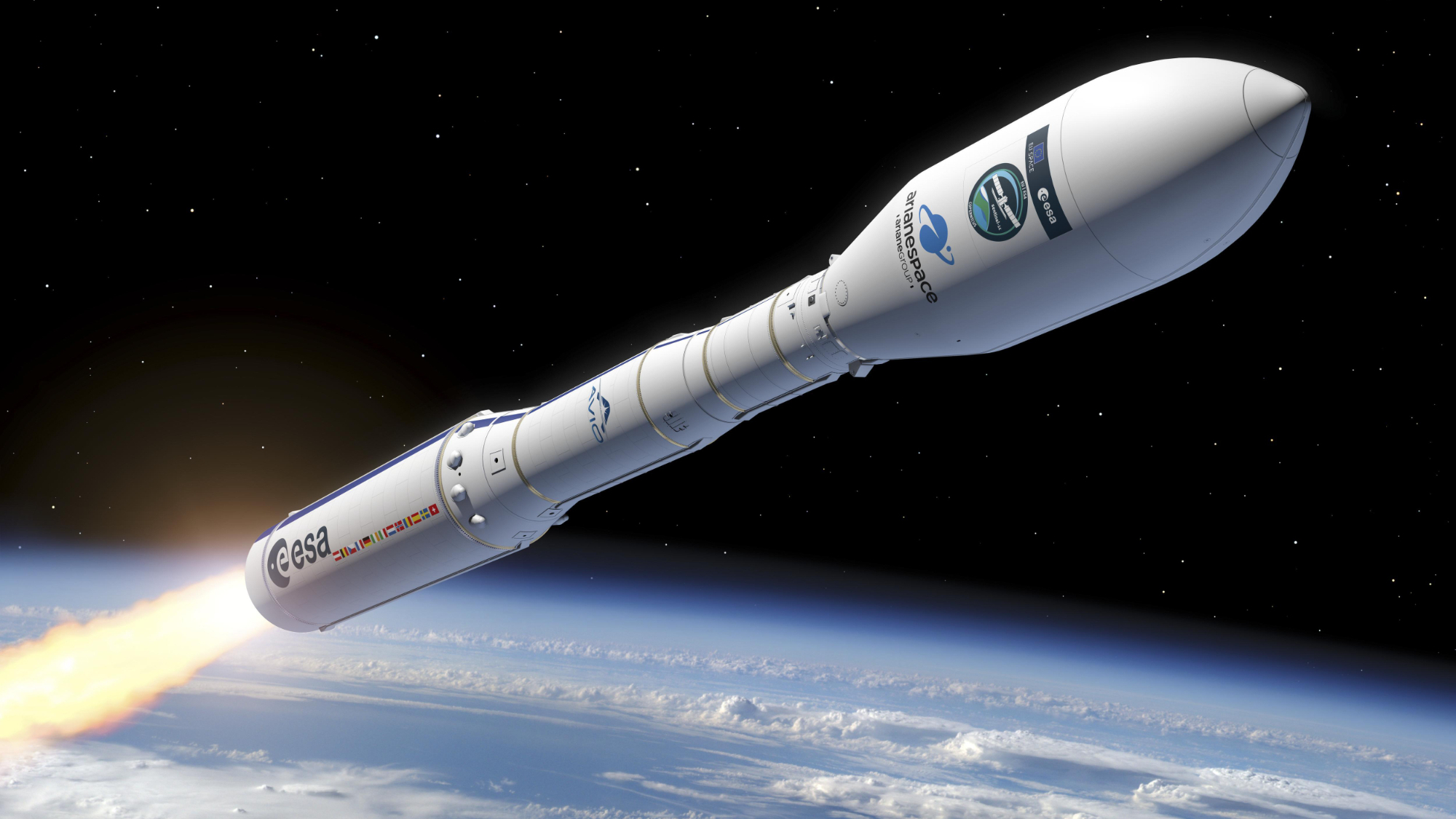SMILE! Europe and China move toward 2026 launch of space weather mission
The joint ESA-China SMILE spacecraft will study sun-Earth interactions.

The European Space Agency is set to launch a joint space science mission alongside China in early 2026 after a long collaboration.
The Solar Wind Magnetosphere Ionosphere Link Explorer (SMILE) is a joint mission between the European Space Agency (ESA) and the Chinese Academy of Sciences (CAS) which aims to study the interaction between the solar wind and Earth's magnetosphere. The mission aims to shed light on space weather processes and their effects on Earth.
SMILE is now set to launch on a Vega-C rocket from Europe's Spaceport in Kourou, according to ESA director general Josef Aschbacher, speaking during an annual press briefing on Jan. 9. "The launch itself is most likely happening next year. We are negotiating right now the launch slot on the Vega-C, but it will be ready as of the end of this year," Aschbacher said.
The 5,070-pound (2,300 kilograms) SMILE spacecraft will observe charged particles streaming out from the sun and study how these interact with the space around our planet. Its science instruments are a light ion analyzer, a magnetometer, a soft X-ray imager and an ultraviolet aurora imager.
Key questions SMILE will aim to address include what happens where the solar wind meets Earth's magnetic shield, what causes magnetic glitches on the dark side of Earth, and how can the most dangerous space weather threats be predicted in advance. Its findings could improve our understanding of space weather and protect both space-based technology and the lives of any humans in orbit around the Earth.
ESA is providing the payload module, launch vehicle, and one of the scientific instruments for SMILE, while CAS is responsible for three scientific instruments and the mission and science operations.
SMILE was selected in 2015 from among 13 joint European-Chinese proposals. The mission was originally targeted to launch in 2021, but SMILE has faced a series of delays, including technical difficulties and the impacts of the COVID pandemic.
Get the Space.com Newsletter
Breaking space news, the latest updates on rocket launches, skywatching events and more!
Meanwhile, China appears to be developing some of the proposals beaten out by SMILE, such as a mission to put a constellation of small satellites in orbit around the moon to detect faint signals from the early universe. The mission would use the moon to shield the satellites from electromagnetic interference from the Earth, allowing the satellites to pick up long wavelength signals.
Join our Space Forums to keep talking space on the latest missions, night sky and more! And if you have a news tip, correction or comment, let us know at: community@space.com.

Andrew is a freelance space journalist with a focus on reporting on China's rapidly growing space sector. He began writing for Space.com in 2019 and writes for SpaceNews, IEEE Spectrum, National Geographic, Sky & Telescope, New Scientist and others. Andrew first caught the space bug when, as a youngster, he saw Voyager images of other worlds in our solar system for the first time. Away from space, Andrew enjoys trail running in the forests of Finland. You can follow him on Twitter @AJ_FI.
